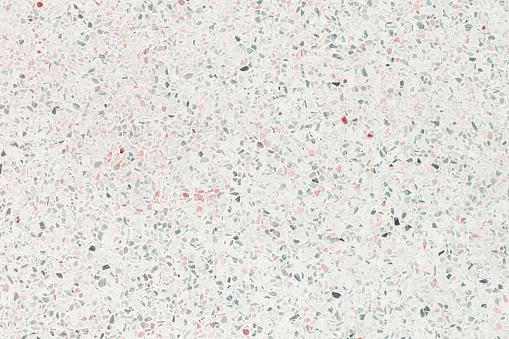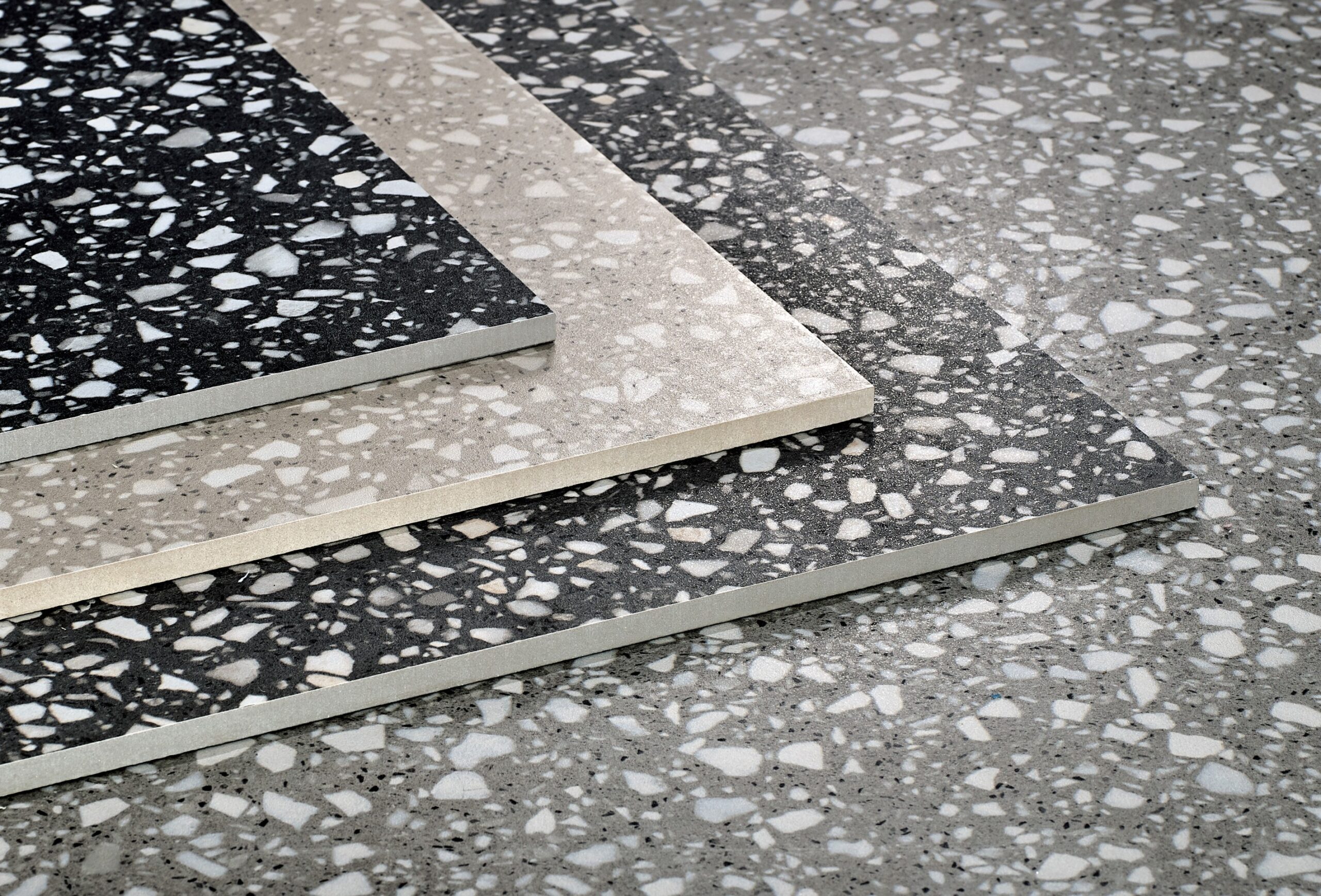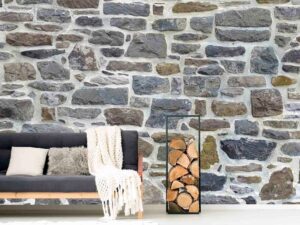In the world of interior design, a classic pattern is never truly out of style. Take, for example, the sophisticated and timeless herringbone tile. Originally popularized in ancient times, this unique pattern is now experiencing a well-deserved resurgence, transforming spaces and adding an undeniable touch of luxury to homes worldwide. But what makes herringbone tiles so special? How can they elevate your space without breaking the bank? In this article, we explore everything you need to know about herringbone tiles—from their rich history to how to incorporate them into your home for that high-end look, all while staying budget-conscious.
Introduction: The Beauty of Herringbone Tiles
If you’ve ever admired a beautifully patterned floor or wall, chances are you’ve noticed the elegant, V-shaped design of herringbone tiles. This classic arrangement, often seen in wood, ceramic, and marble tiles, is taking modern interiors by storm. Its unique, zigzag pattern not only creates a visual statement but also brings a sense of sophistication to any space.
Whether used for floors, backsplashes, or accent walls, herringbone tiles are a great way to achieve an upscale look without spending a fortune. The pattern is versatile enough to fit into various design aesthetics, from traditional to contemporary, and is a brilliant way to elevate a room’s overall ambiance. Best of all, herringbone tiles offer the beauty of luxury without the sky-high price tag, making them an excellent choice for homeowners on a budget.
A Brief History of Herringbone
To truly appreciate the elegance of herringbone tiles, it’s worth looking back at their rich history. The herringbone pattern dates back to ancient times, with one of its earliest uses found in Roman roads. These roads, often built with stones arranged in a V-shaped pattern, were not just practical; they were also built to withstand the test of time. This early use of the herringbone design made it an enduring symbol of strength and longevity.
As centuries passed, the herringbone pattern evolved into a signature feature of European parquet flooring during the Renaissance. The intricate design of wooden floorboards arranged in a zigzag pattern became a hallmark of luxury and fine craftsmanship in the homes of the aristocracy. Fast forward to the 20th century, and the herringbone pattern was further refined as part of Art Deco interiors, where it was embraced in everything from flooring to furniture details.
Today, herringbone tiles continue to reflect this rich history of elegance, durability, and artistry, making them just as relevant in modern interiors as they were centuries ago.
See more: Where to Buy Reo Bar for Small and Large Construction Projects
Why Herringbone is Back in Style
So, why is the herringbone pattern making such a comeback in interior design? There are several reasons behind its renewed popularity in Australia and globally. Let’s dive into some of the key factors.
- Versatility: One of the primary reasons for the resurgence of herringbone tiles is their adaptability. This pattern can complement a wide range of design styles. Whether you prefer a classic, rustic look or a sleek, modern aesthetic, herringbone tiles can be incorporated seamlessly. The pattern works beautifully in both small and large spaces, providing an elegant solution for kitchens, bathrooms, living rooms, and even outdoor areas.
- Aesthetic Appeal: Herringbone tiles are inherently dynamic. The distinctive zigzag design adds movement and texture to a space, making even the most neutral rooms feel lively and sophisticated. When light hits the pattern, it creates a sense of depth, highlighting the material’s natural beauty. This makes herringbone a favorite choice for homeowners looking to create a focal point in their interiors.
- Timelessness: Herringbone tiles are timeless. Unlike trendy patterns that may come and go, herringbone has withstood the test of time, continuously appearing in design history for centuries. It’s an investment in a pattern that will remain stylish, regardless of changing trends.
- Increased Resale Value: Because herringbone is associated with luxury, incorporating it into your home can boost its perceived value. Buyers often appreciate the quality craftsmanship and aesthetic appeal of a home featuring such a classic design, potentially leading to a higher resale value.
Design Applications: Where to Use Herringbone Tiles
Herringbone tiles are incredibly versatile, working well in various settings around the home. Below are some of the most popular spaces to showcase this timeless pattern:
1. Kitchens
Herringbone tiles are a favorite for kitchen backsplashes and floors. The striking pattern can transform a mundane kitchen into a high-end space. Whether you opt for ceramic or marble tiles, herringbone adds texture and interest, complementing other design elements like cabinetry, countertops, and appliances.
2. Bathrooms
In the bathroom, herringbone tiles can be used on floors, shower walls, and even as an accent behind the mirror. The geometric pattern enhances the visual appeal of the room while remaining practical. For a luxurious feel, try using marble or porcelain tiles for added elegance.
3. Living Spaces
In living rooms and hallways, herringbone floors create a sense of warmth and sophistication. Whether you choose wood-look tiles or traditional ceramic, the dynamic pattern works beautifully with various furniture styles, from vintage to modern.
4. Outdoor Areas
Herringbone tiles are also suitable for outdoor spaces such as patios, pool decks, and entryways. Using durable materials like porcelain or natural stone, you can create an outdoor living area that exudes style and class while ensuring the tiles stand up to the elements.
Materials and Finishes: Choosing the Right Option
When selecting herringbone tiles for your space, it’s important to consider the materials and finishes available. Different materials can drastically alter the overall aesthetic of the pattern, allowing you to tailor it to your design vision.
Ceramic and Porcelain
Ceramic and porcelain tiles are the most common options for herringbone patterns, offering durability, affordability, and easy maintenance. Ceramic tiles come in various colors, finishes, and sizes, making them an excellent choice for those seeking versatility.

Marble
For a truly luxurious look, marble herringbone tiles are an excellent choice. The natural veining in marble creates an elegant, sophisticated effect that works beautifully in bathrooms and kitchens. While marble tends to be more expensive than ceramic or porcelain, it elevates the design and is a timeless material.
Wood-Look Tiles
Wood-look tiles in a herringbone pattern offer the warmth and texture of wood without the maintenance concerns. These tiles are ideal for those who want to achieve the rich, rustic feel of hardwood floors but with added durability and water resistance.
Pros and Cons of Herringbone Tiles
As with any design element, there are both advantages and challenges to using herringbone tiles. Let’s explore both sides of the equation.
Pros
- Timeless Appeal: Herringbone is a classic pattern that doesn’t easily go out of style, making it a great investment.
- Visual Interest: The V-shaped pattern adds texture and movement, transforming ordinary spaces into visually compelling areas.
- Increased Resale Value: Homes with luxurious design elements like herringbone tiles tend to have higher resale value.
- Versatility: Herringbone tiles work well in a variety of settings and can be used to complement both traditional and modern interiors.
Cons
- Complex Installation: The angled pattern requires precise installation, which can increase labor costs. It’s also more time-consuming than traditional square tile layouts.
- Cost: While some herringbone tile options are affordable, premium materials like marble can be quite expensive.
- Maintenance: Depending on the material, herringbone tiles may require regular sealing (particularly if using natural stone like marble) to maintain their appearance over time.
Styling Tips for Herringbone Tiles
To make the most of herringbone tiles, consider the following tips:
- Choose the Right Colors: Lighter-colored tiles can make small rooms feel more spacious, while darker tones add depth and coziness. Choose a color palette that complements your room’s overall theme.
- Grout Lines Matter: The width and color of grout lines can make a significant difference. For a seamless look, choose a grout color that closely matches the tiles. For more contrast, opt for a darker grout.
- Scale the Pattern: If you’re working with a small space, smaller herringbone tiles will create a subtle effect. Larger tiles in a herringbone arrangement are perfect for bigger rooms and will create a bold statement.
The Future of Herringbone in Interior Design
As we look ahead, herringbone tiles will continue to evolve, blending with new trends in the design world. Expect to see a rise in sustainable and eco-friendly materials for herringbone tiles, as more homeowners prioritize sustainability. Additionally, technological advancements in tile manufacturing may allow for even more customization, giving designers more flexibility in color, texture, and pattern size.
Conclusion: The Timeless Charm of Herringbone
Herringbone tiles are a symbol of timeless elegance that never goes out of style. Whether you’re renovating a small bathroom or redoing your entire home, this classic pattern can bring a touch of luxury to your space without breaking the bank. With a variety of materials, finishes, and design applications, herringbone tiles are the perfect way to elevate your home’s aesthetic and add value. So, if you’re looking for a budget-friendly yet high-end design element for your next renovation, herringbone tiles are the way to go.



